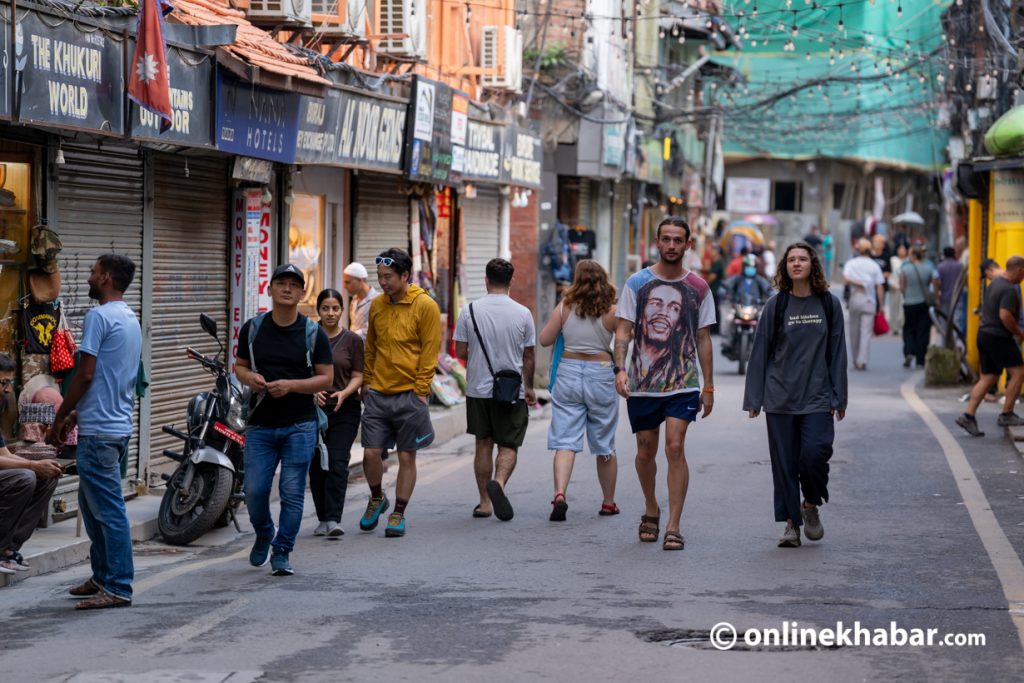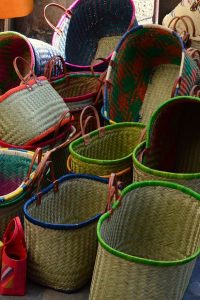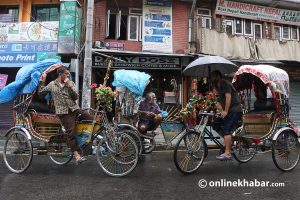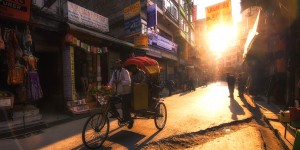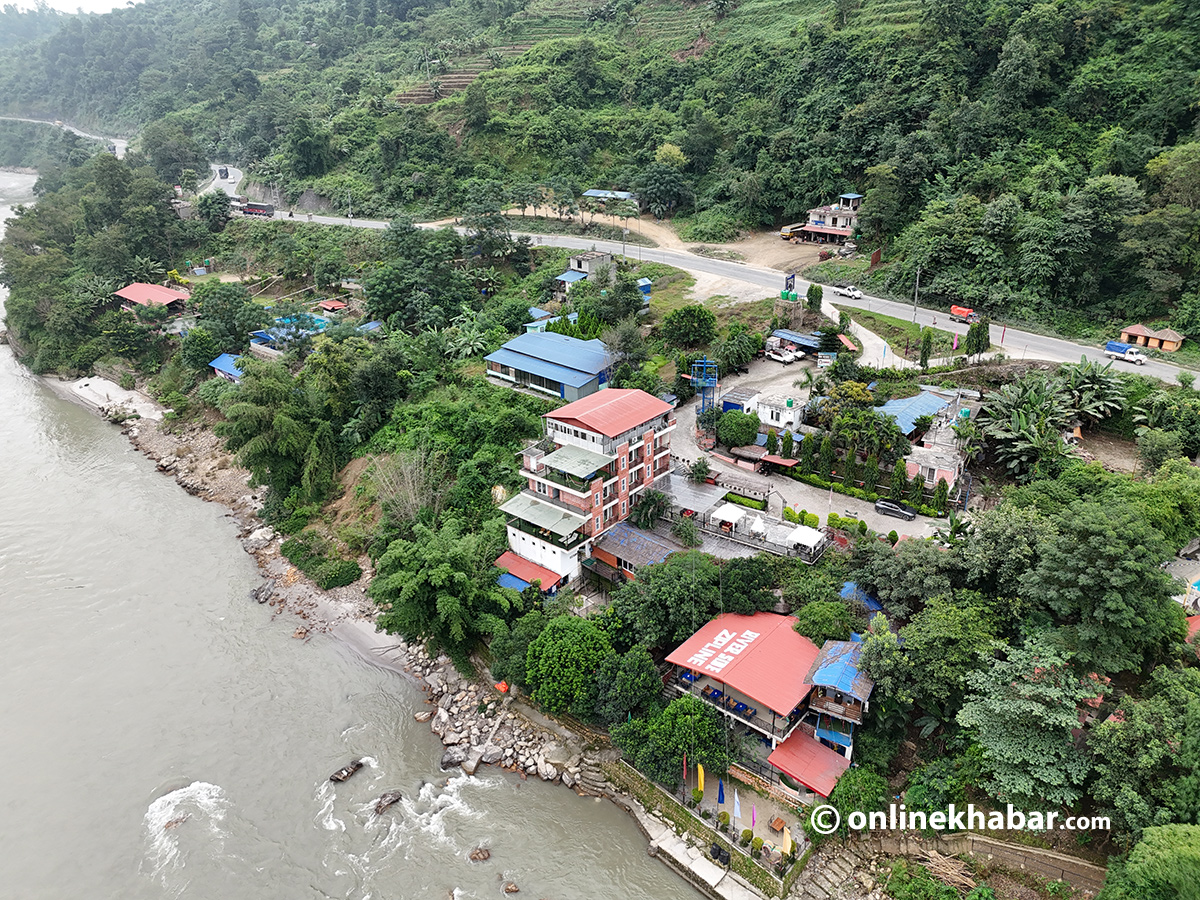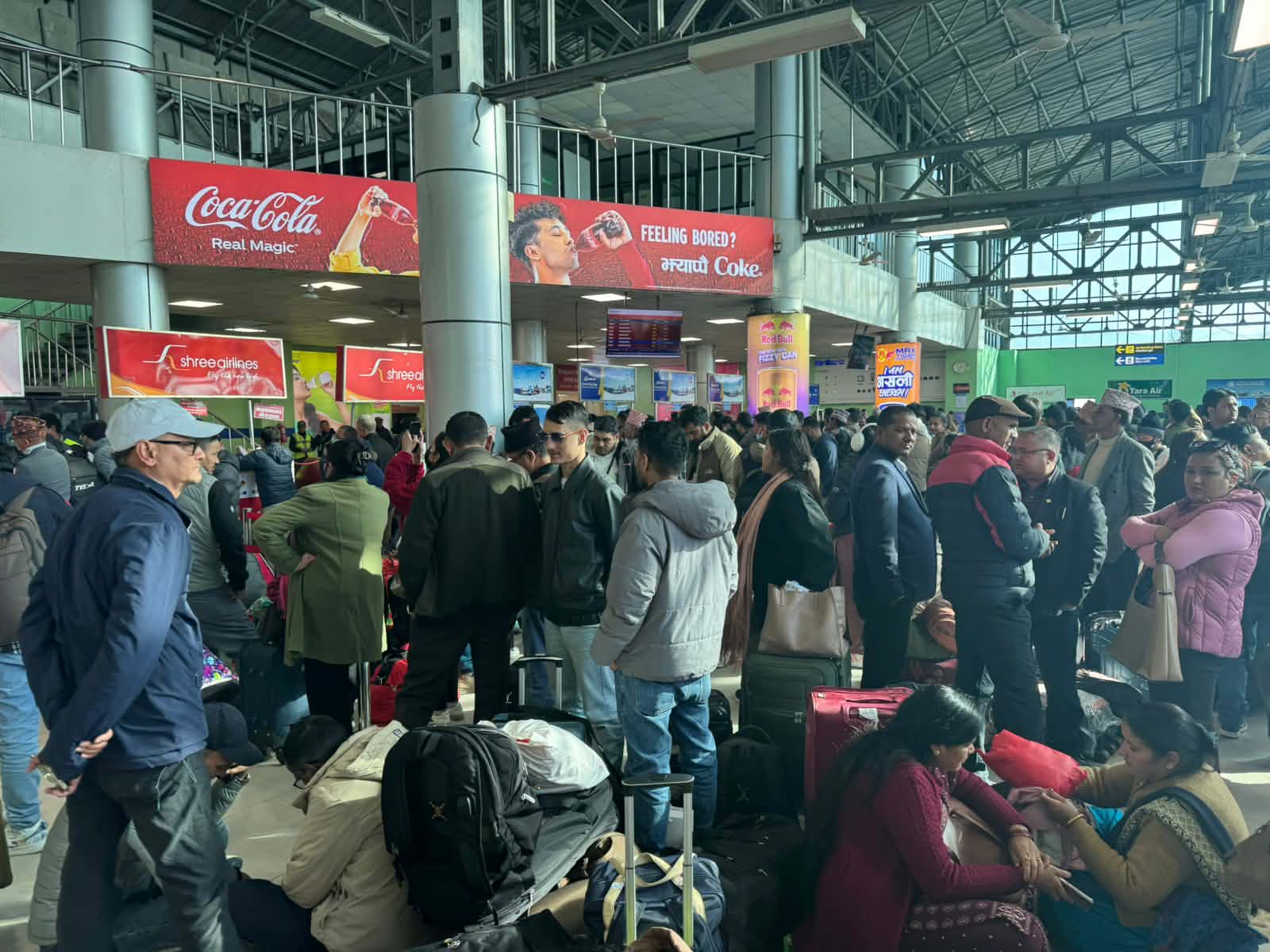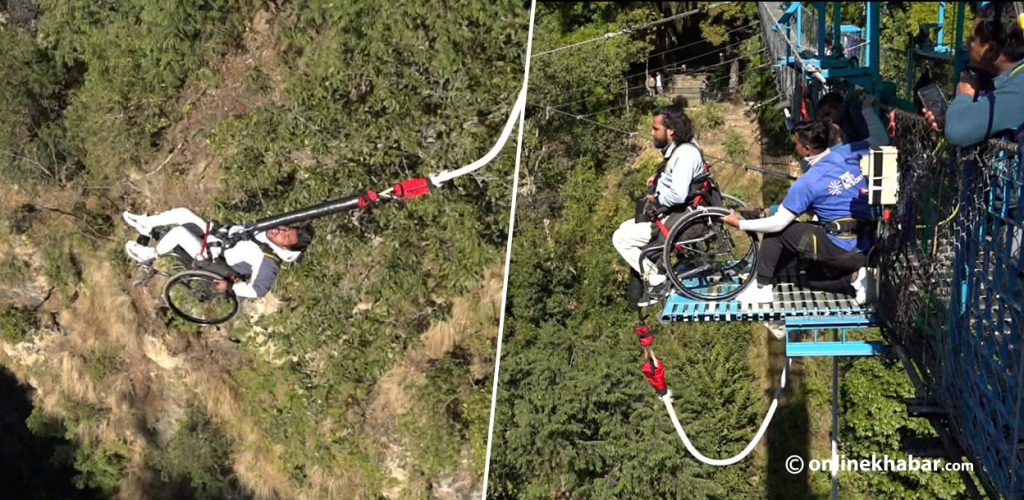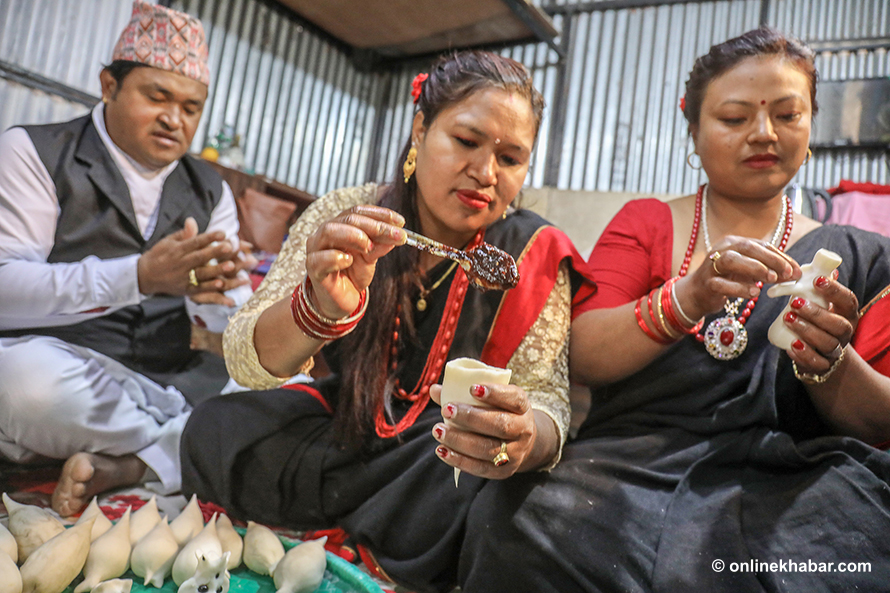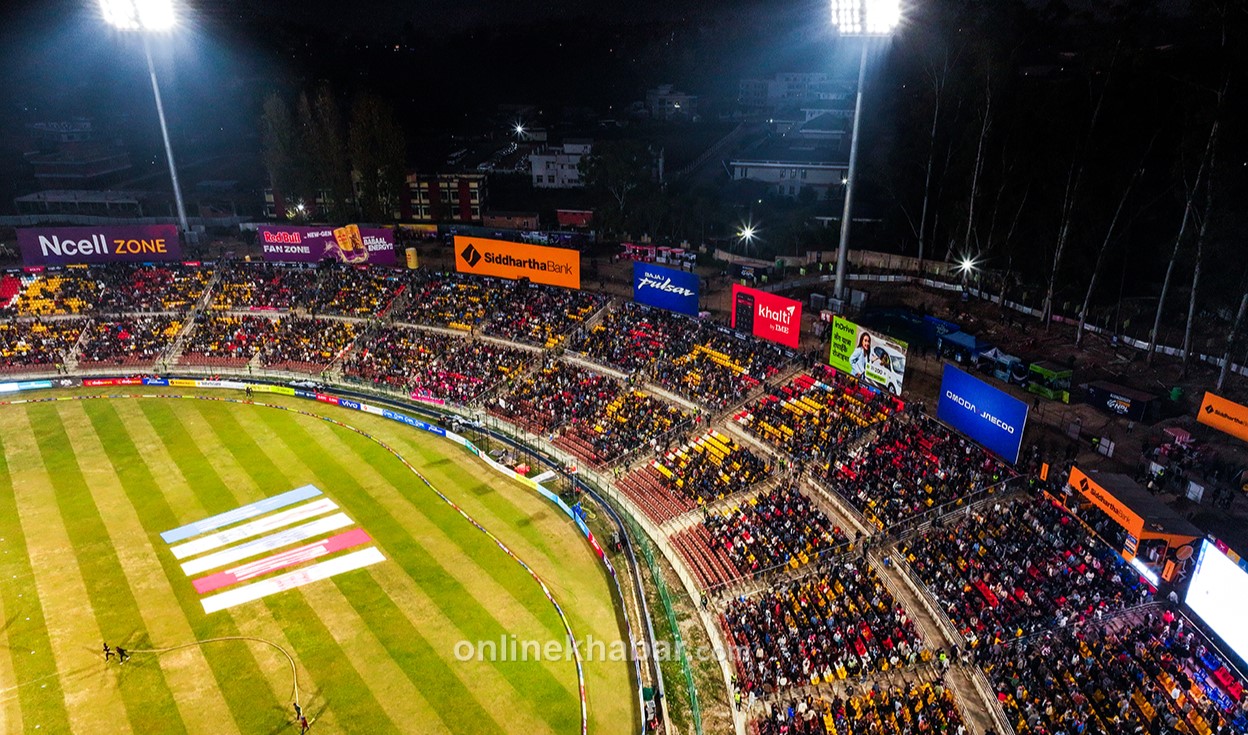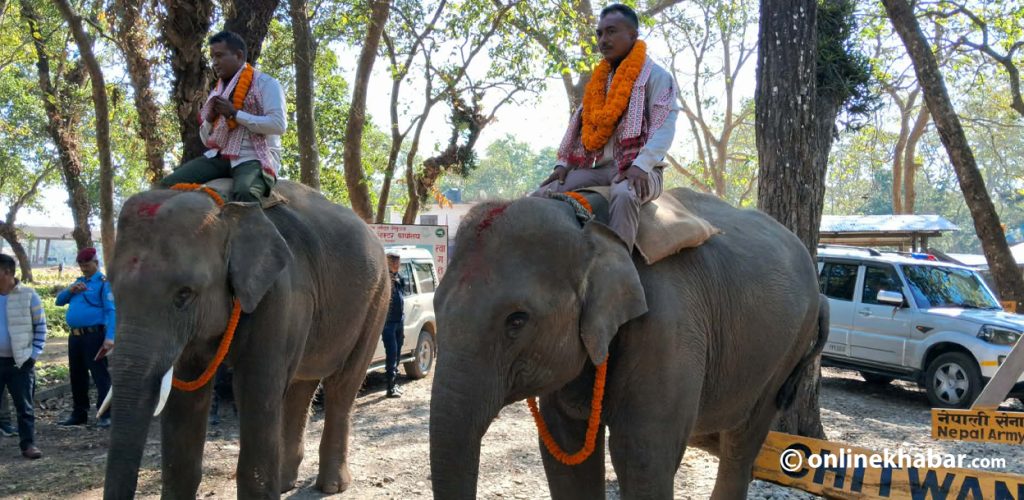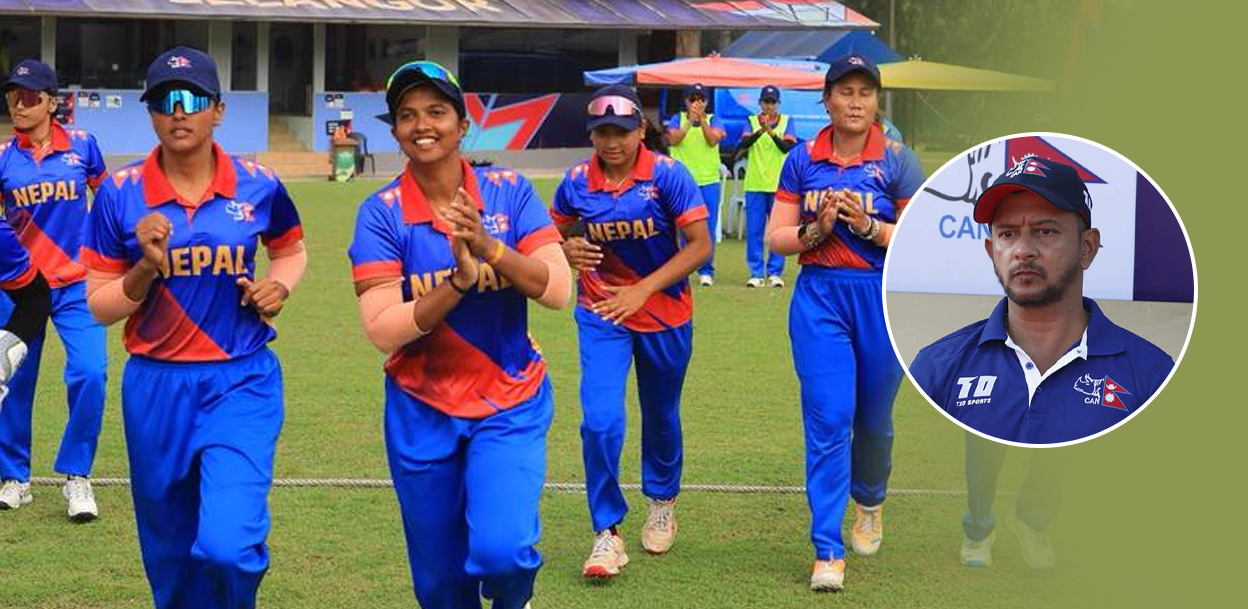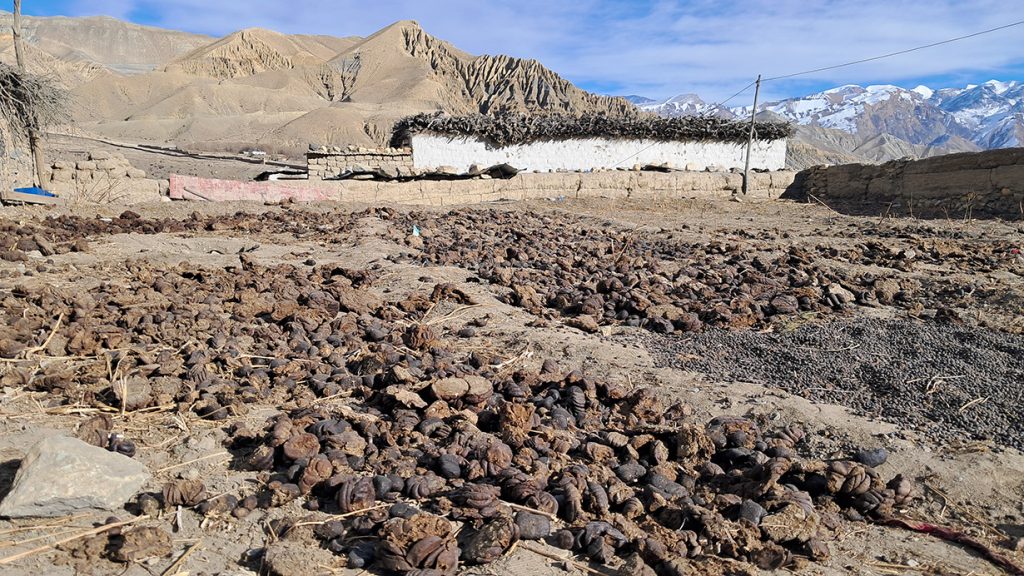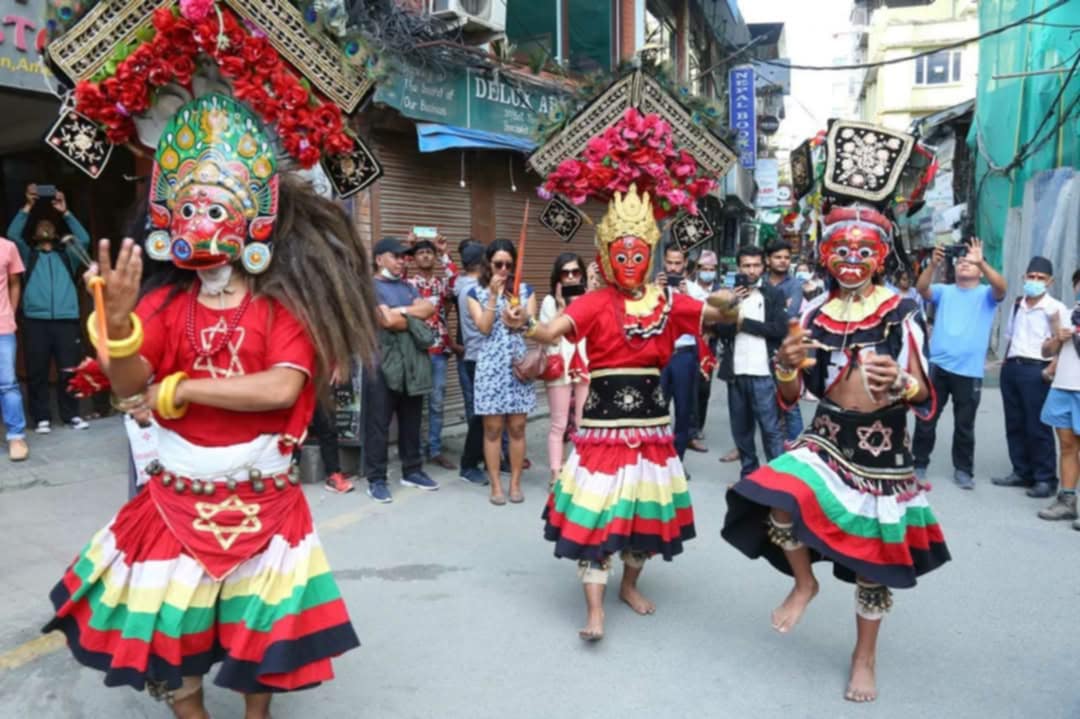
In the heart of Kathmandu, Thamel stands as Nepal’s tourism vibrating with cafés, hotels, souvenir shops, and music that draw thousands of visitors each year. Yet beneath its commercial rhythm lies a vibrant world of intangible cultural heritage, realised by the festivals and rituals rooted in Newa traditions that shape Thamel’s identity beyond what tourists see on the surface.
These festivals are not mere annual performances but living expressions of community history, belief, and identity, celebrated with devotion, joy, and a profound sense of continuity. From Yomari Punhi in December, where sweet dumplings mark the harvest, to Naya Dwapal in November, symbolising community renewal, these twelve festivals follow the lunar calendar, shifting in date but never in spirit.
Visitors during these times are not just spectators; they are participants in a shared human experience, walking through alleys filled with incense, listening to temple bells, and watching marigold garlands sway above butter lamps, allowing them to feel, hear, and taste the cultural essence of Thamel in ways that transform a simple visit into a soulful journey.
These festivals are not decorative spectacles but living bridges connecting local residents with the global community, offering an emotional connection that transcends language and nationality. During Indra Jatra and the fierce Lakhe Naach, tourists watch in awe as masked dancers leap through streets, embodying stories of divine intervention and protection.
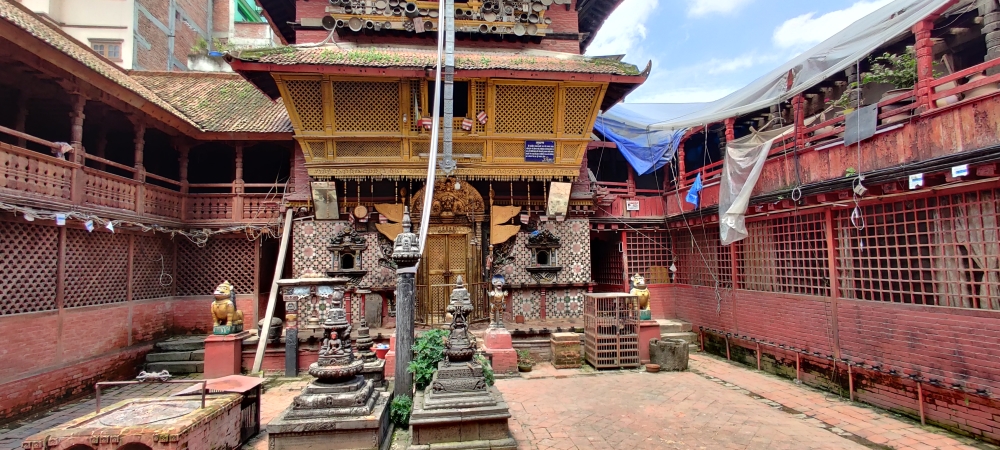
Festivals like Pancha Daan in August, where almsgiving rituals foster compassion, or Ghanta Karna in July, where demon effigies are burned to symbolize communal purification, allow visitors to witness the resilience and faith embedded in Newa mythology.
However, the increasing pressure of tourism has led to some festivals being staged outside their authentic dates to cater to demand, raising concerns about preserving the authenticity of these sacred traditions. Thamel, thus, stands at a crossroads where it must balance the influx of visitors seeking cultural experiences with the preservation of the festivals’ spiritual integrity, ensuring that tourism complements, rather than commodifies, these precious traditions.
Amid these challenges, one of the most pressing is the declining participation of younger generations in these cultural practices, as global media, career opportunities, and technological distractions shift attention away from ancestral traditions.
Recognising this, Thamel’s communities are responding with innovative measures. Schools are introducing festival-focused learning weeks, engaging students in rituals alongside elders to foster respect and familiarity with traditions.
Artisans who create paubha paintings and traditional instruments are opening their workshops to both tourists and local youth, while local guides are being trained to narrate the cultural significance of each festival with authenticity.
Programs branding Thamel as a “Festival 365” destination are gaining momentum, aligning visitor itineraries with festival calendars to ensure meaningful participation rather than passive observation. Local governments and tourism boards are urged to support these efforts through financial incentives, logistical assistance, and strategic promotion, ensuring that festivals are protected from excessive commercialization while remaining vibrant and accessible to visitors seeking deeper connections.
The future of Thamel’s living festivals lies in honouring and sharing them responsibly, positioning them as strategic pillars of sustainable tourism and cultural preservation. By embracing community-led tourism frameworks, setting visitor caps for intimate rituals, and integrating festival routes into urban planning, Thamel can safeguard its intangible heritage while enhancing its value proposition as a cultural tourism hub.
These festivals have the power to connect generations and cultures, providing emotional, sensory, and spiritual enrichment to all who engage with them authentically. Moving forward, Thamel can serve as a model for culture-led tourism, demonstrating how a community’s living heritage can drive sustainable economic development while nurturing cultural pride and resilience.
By acting together—local governments, communities, businesses, and visitors Thamel can protect its cultural soul while leveraging its festivals to strengthen Nepal’s tourism economy, ensuring these living traditions continue to thrive for generations to come.
Thamel will not just remain Nepal’s most visited area, It will become a global example of how living culture, when honoured and protected, can lead the way for sustainable and heartfelt tourism.




